Picture this: it’s 115 degrees Fahrenheit in the Arizona , the sun is beating down mercilessly, and most animals have sought shelter in whatever shade they can find. Yet overhead, tiny jewel-like birds are zipping through the scorching air at breakneck speeds, their wings beating up to 80 times per second. These are Arizona’s hummingbirds, and they’re pulling off one of nature’s most remarkable survival acts right before our eyes. While most creatures would perish in such extreme conditions, these miniature marvels have evolved incredible adaptations that allow them not just to survive, but to thrive in one of North America’s harshest environments. From specialized body temperature control to strategic behavioral changes, Arizona’s hummingbirds have developed a fascinating toolkit for survival that would make even the most advanced air conditioning system look primitive. Let’s dive into the extraordinary world of these champions and discover how they’ve mastered the art of staying cool when the heat is literally on.
‘s Unlikely Champions
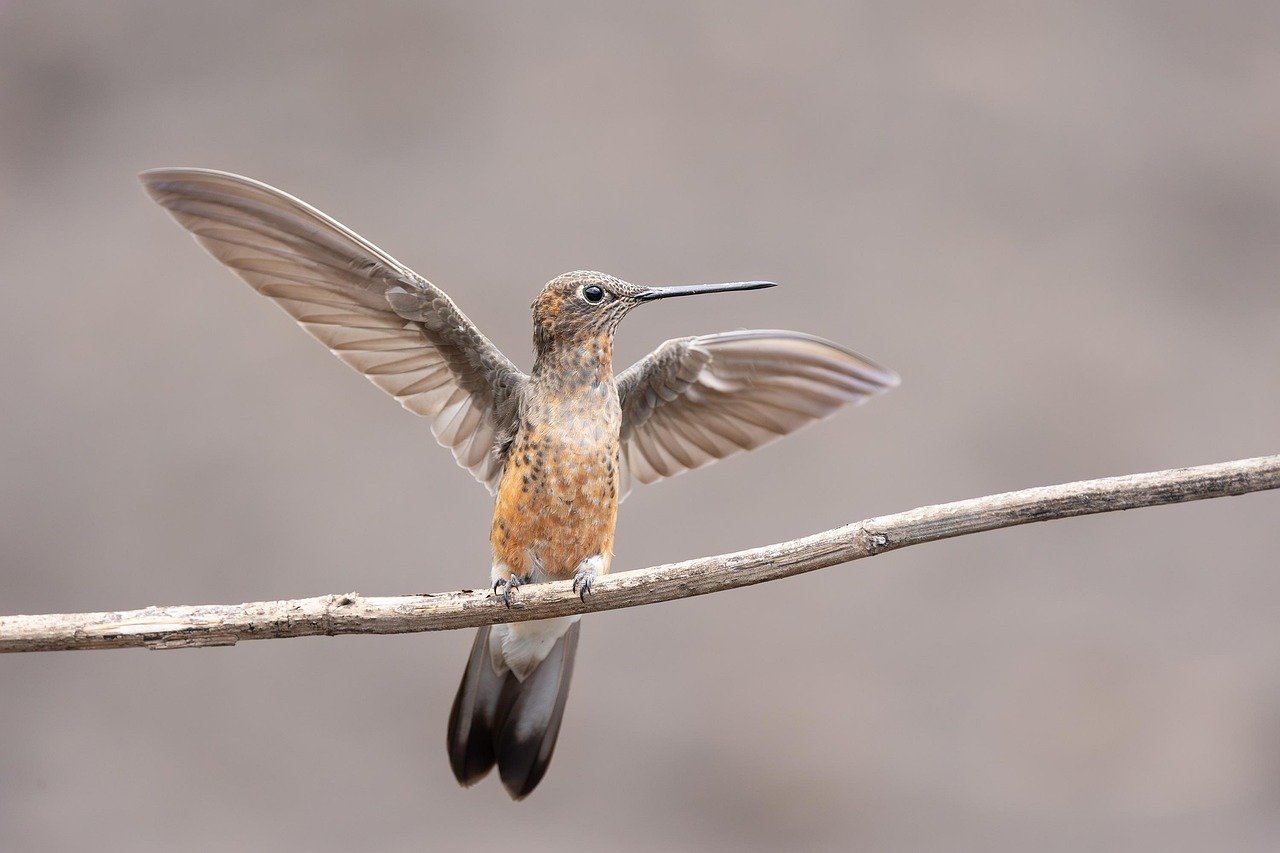
Arizona might seem like an impossible place for creatures that depend on flower nectar to survive, yet the greatest diversity of hummingbird species in the United States is found along the U.S.-Mexico border from western Texas to southern Arizona. At least 13 species can be found in the southeastern corner of Arizona each year. These tiny athletes have conquered what many consider uninhabitable terrain, transforming the Sonoran Desert into their personal playground. Costa’s Hummingbird is the only true desert hummer here, but several others live along ‘s edges. What makes this even more remarkable is that there are well over three hundred species of hummingbirds, all native to the Americas. The vast majority, not surprisingly, are found in the tropics, where flowers abound year-round. Yet Arizona’s species have broken this tropical mold, adapting to a landscape where water is scarce and temperatures regularly exceed 100 degrees Fahrenheit.
Temperature Control Beyond Human Limits
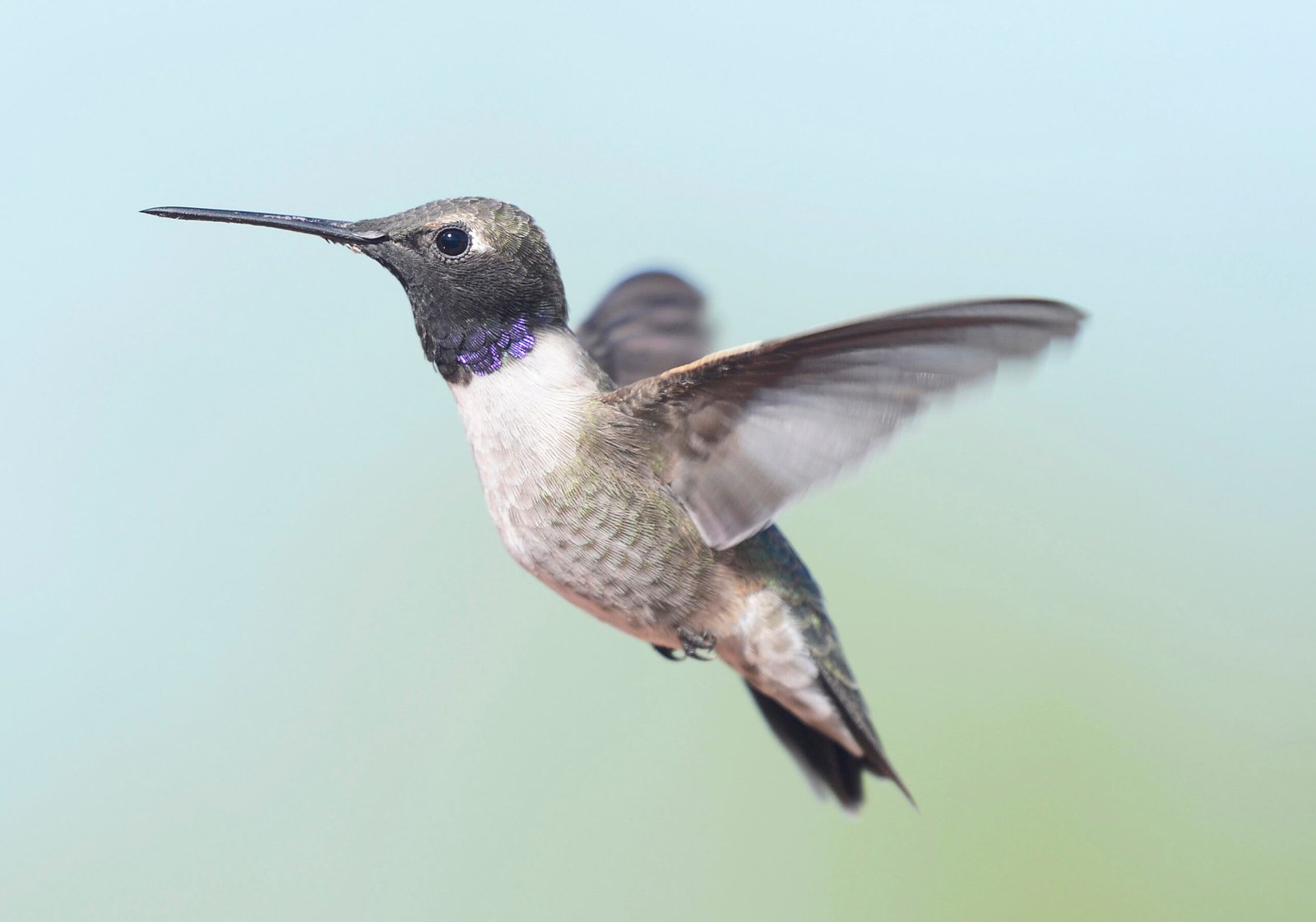
The secret weapon in every Arizona hummingbird’s arsenal is their extraordinary ability to manipulate their body temperature with surgical precision. The normal daytime body temperature of a hummingbird is more than 100 degrees Fahrenheit, even in colder weather. During shallow torpor, its body temperature drops by about 20 degrees F. In deep torpor, the bird maintains a body temperature 50 degrees F below its normal daytime temperature. To put this in perspective, if human body temperature dropped just three degrees, we’d need immediate medical attention. Scientists have discovered something even more fascinating about these temperature control systems. Scientists from multiple universities now find there’s more than one level of torpor: shallow and deep, plus the transition stage between levels of torpor and the normal sleep state. This isn’t just simple on-off switch – it’s more like having multiple climate control settings that can be fine-tuned based on environmental conditions.
The Heart Rate Miracle
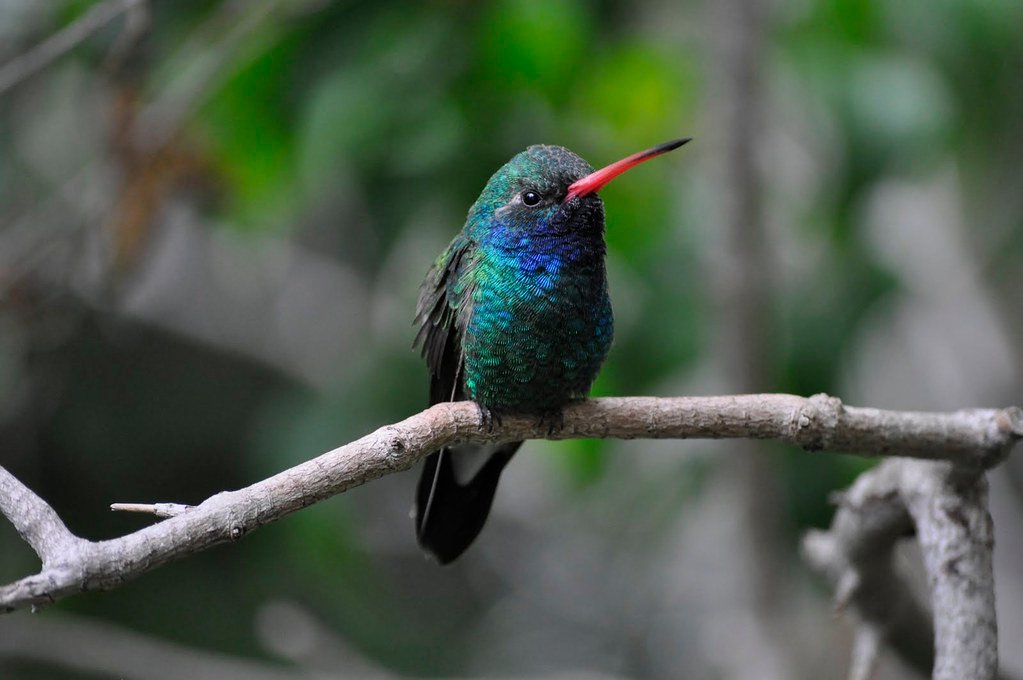
Perhaps the most mind-boggling adaptation involves their cardiovascular system’s ability to shift gears dramatically. In the case of Costa’s Hummingbird, this can mean reducing the heart rate from a normal daytime rate of 500-900 beats per minute down to 50. Imagine your heart normally beating almost 15 times per second, then slowing to less than once per second while you remain alive and functional. They have a special adaptation called Torpor, a semi hibernation-like state which allows the body temperature to reduce and the heart rate to slow to 50 beats per minute. Normal heartbeat is 500 to 900 beats per minute. Slowing down their metabolism in this way allows these birds to survive the cold nights. This dramatic metabolic shift is their answer to ‘s brutal temperature swings between scorching days and surprisingly cold nights.
Water Management Mastery
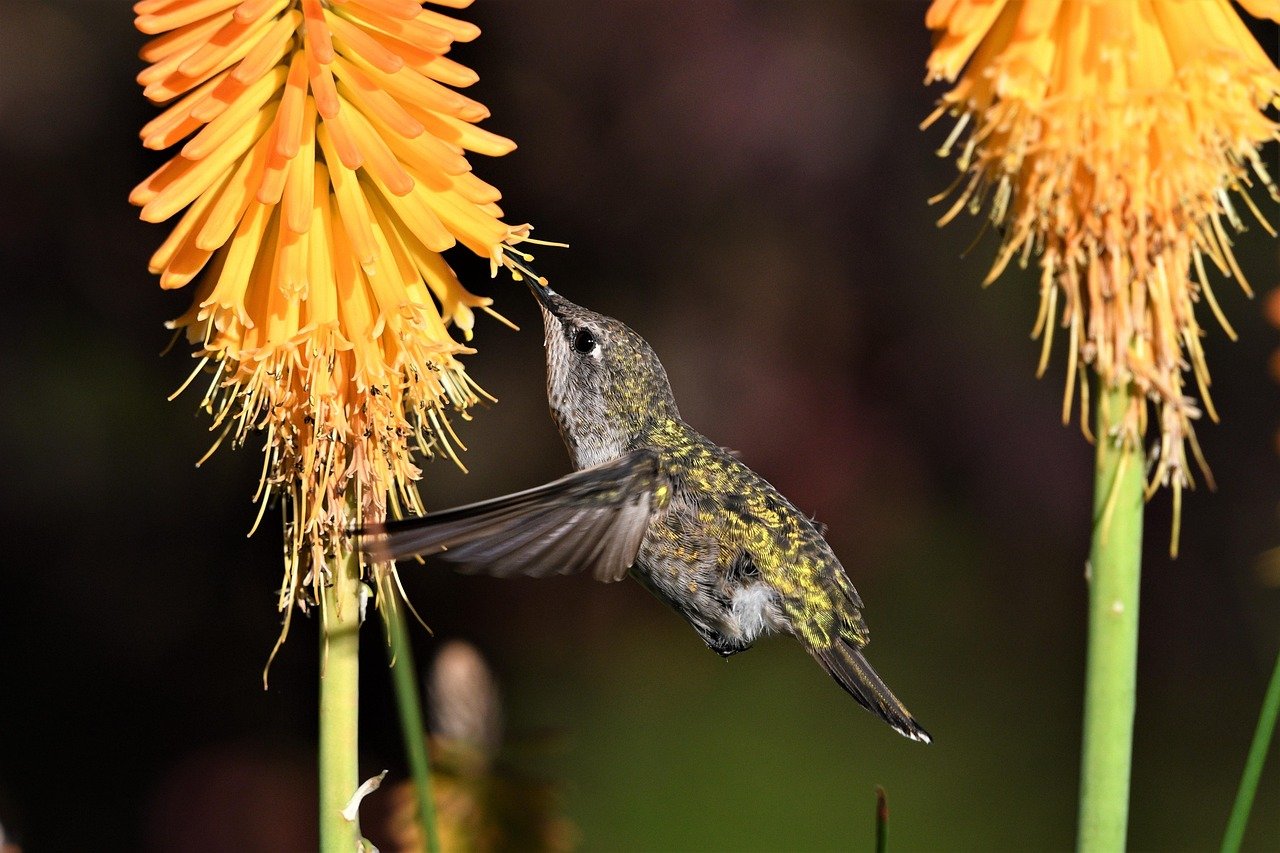
Desert survival demands exceptional water conservation skills, and Arizona’s hummingbirds have mastered this challenge through multiple strategies. Hummingbirds do not typically drink water because their water needs are generally met through the nectar in their diet, which is usually somewhat dilute in ornithophilous flowers. However, cooling through evaporative water loss is an important physiological thermoregulation mechanism for hummingbirds. At an average temperature of 24°C, over 30% of a hummingbird’s required daily water volume is lost through evaporation, while at 40°C this can be up to 50%. This creates a fascinating paradox – they need water to cool down, but obtaining water is one of their biggest challenges. Hummingbirds have high water turnover rates (1.6–3.7× total body water), much higher than predicted for their body mass, making them unique even among small birds that all have proportionally large skin surface relative to their mass; thus hummingbirds may be ideally adapted for upregulation of CEWL. Their bodies have essentially become sophisticated water recycling systems.
Behavioral Heat Escape Tactics
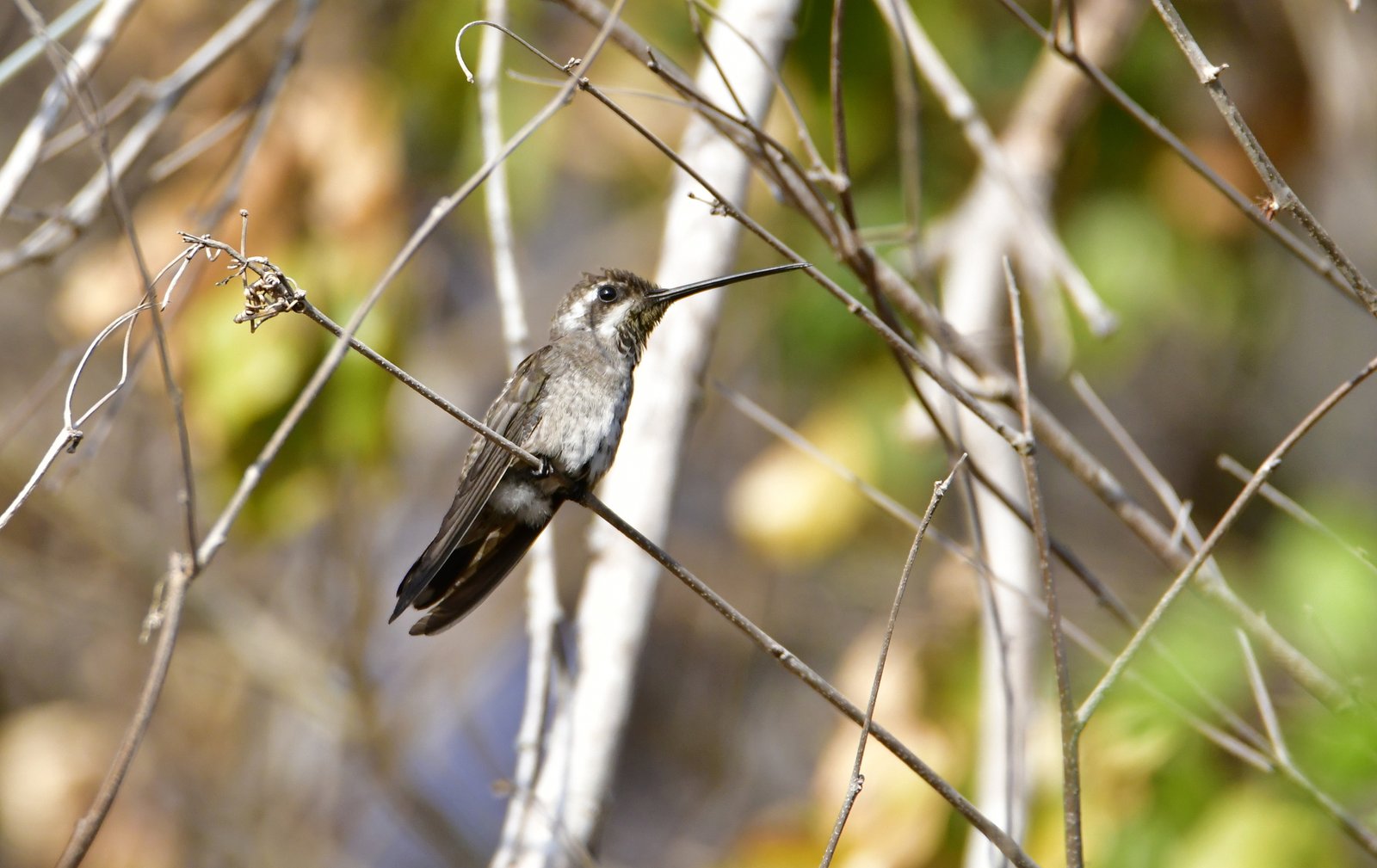
When physiological adaptations aren’t enough, Arizona’s hummingbirds employ clever behavioral strategies that would impress any military strategist. For small avian species, operative temperature can vary by up to 15–20°C between shaded and sunny microsites within the same habitat, dramatically changing the physiological cost of thermoregulation. Due to hummingbirds’ high surface area to volume ratio, they experience a greater increase in operative temperature than larger avian species when they move from a shaded microsite into a sunny one. These tiny birds have become masters of microhabitat selection, constantly reading their environment like a thermal map. John says heat exhaustion for a hummer is possible in theory, but they’ll seek out shelter from heat much as humans do. “Given shade and moisture, hummingbirds can tolerate plenty of heat,” John explains. “Some species in fact, like the Costa’s hummingbird of the Southwest, are well-adapted to heat.” He also mentions that hummingbirds have areas of low feather density around their legs, eyes, and the bases of their wings.
Heat Dissipation Through Flight Engineering

The very act that makes hummingbirds unique – their incredible hovering flight – becomes both a challenge and a solution in extreme heat. Because hummingbirds must feed regularly to meet their energy demand, we hypothesize that species will exhibit higher than expected temperature tolerance (physiological adjustments) and/or spend increased time in cooler thermal refugia (behavioural) during the hottest parts of the day. Their wings aren’t just for mobility; they become sophisticated cooling fans. Research has revealed a counterintuitive finding about size and heat tolerance. Hummingbird species in this study showed differences in their response to high Te, with the smaller species appearing to be more tolerant of high Te than the larger species. Both BBLH and BCHU exhibited higher ΔT0, and slower decrease in ΔT and eye HDA length as Te increased compared to BLUH and RIHU. It seems that in the world of desert hummingbirds, smaller can indeed be better for heat management.
Strategic Breeding Timing
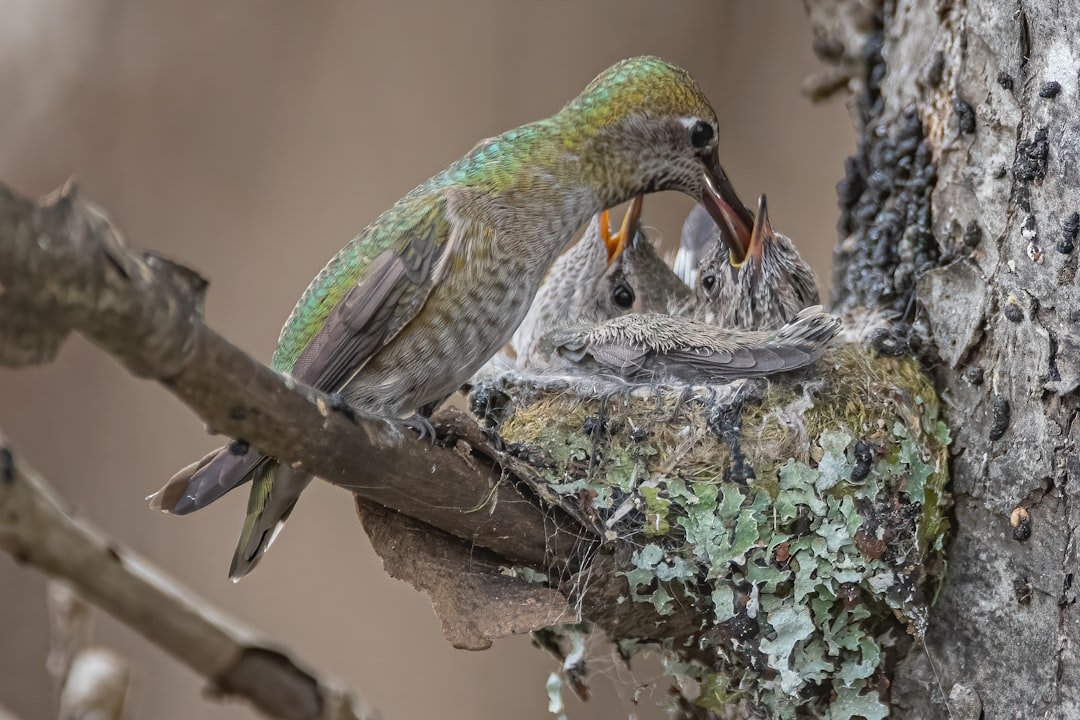
Desert hummingbirds have mastered the art of timing, scheduling their most energy-intensive activities when conditions are most favorable. The birds migrate and nest in February or March, when desert flowers are most abundant and heat has not yet peaked. They wander if resources become scarce or temperatures climb too high. This strategic planning allows them to raise their young during ‘s brief window of relative comfort. In Arizona and California deserts, this species nests during late winter and spring, and most then avoid the hot summer by migrating to coastal California and Baja. In Arizona and California deserts, this species nests during late winter and spring, and most then avoid the hot summer by migrating to coastal California and Baja. It’s nature’s version of snowbird migration – but in reverse, escaping heat instead of cold.
Specialized Heat Exchange Systems
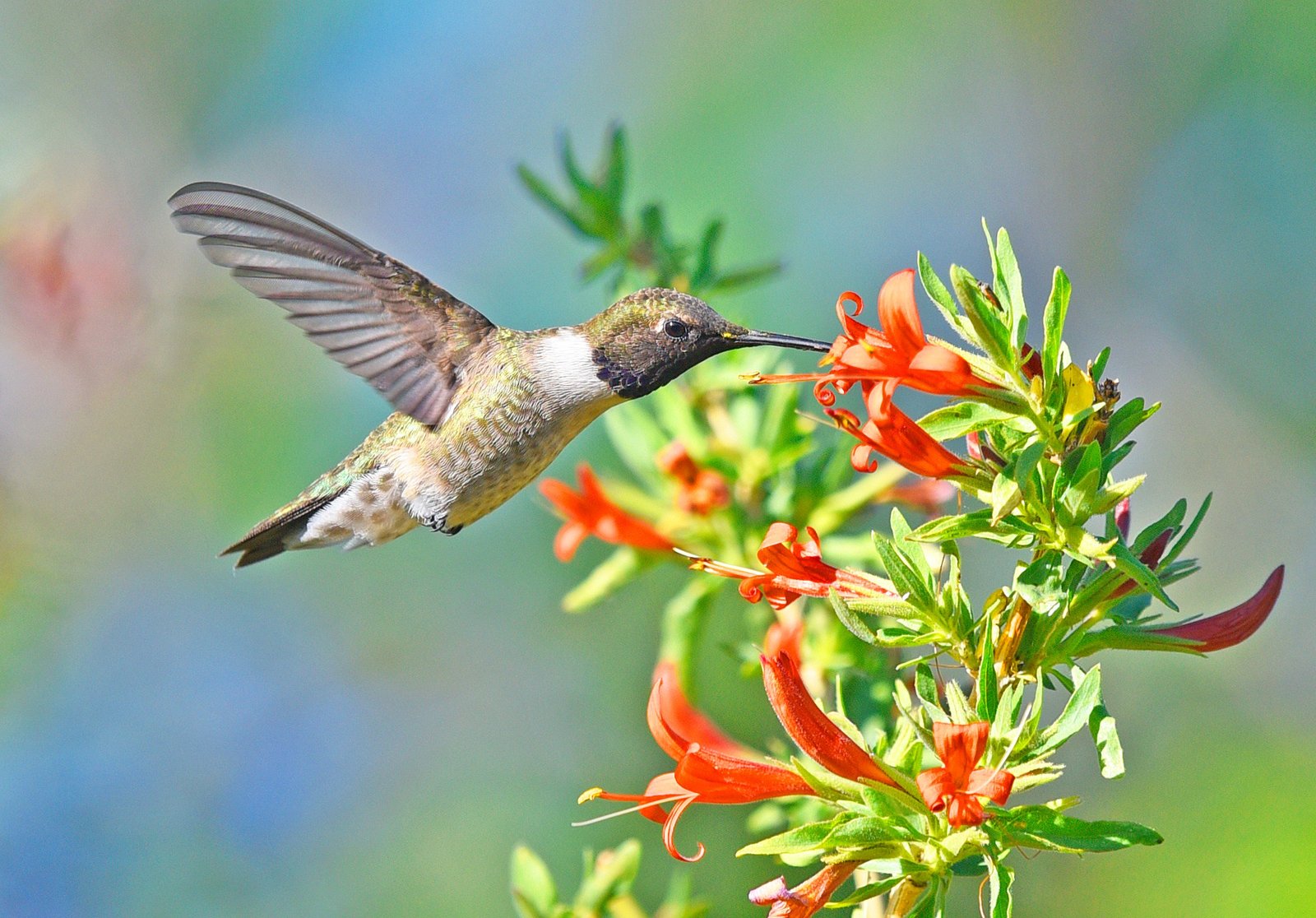
Arizona’s hummingbirds have evolved remarkable anatomical features that function like biological air conditioning units. He also mentions that hummingbirds have areas of low feather density around their legs, eyes, and the bases of their wings. These features of their anatomy help them shed any excessive warmth during flight. Think of these areas as natural cooling vents strategically placed on their tiny bodies. As the thermal gradient for passive heat dissipation is eliminated when environmental temperature and the temperature of the dissipating surface are equal, we hypothesize that passive heat dissipation will be eliminated when the environmental temperature equals the surface temperature of the HDAs (approx. 36°C). When the air temperature reaches this critical threshold, their bodies must switch to emergency cooling protocols that would challenge the most advanced engineering systems.
The Costa’s Hummingbird: Desert Specialist Extraordinaire
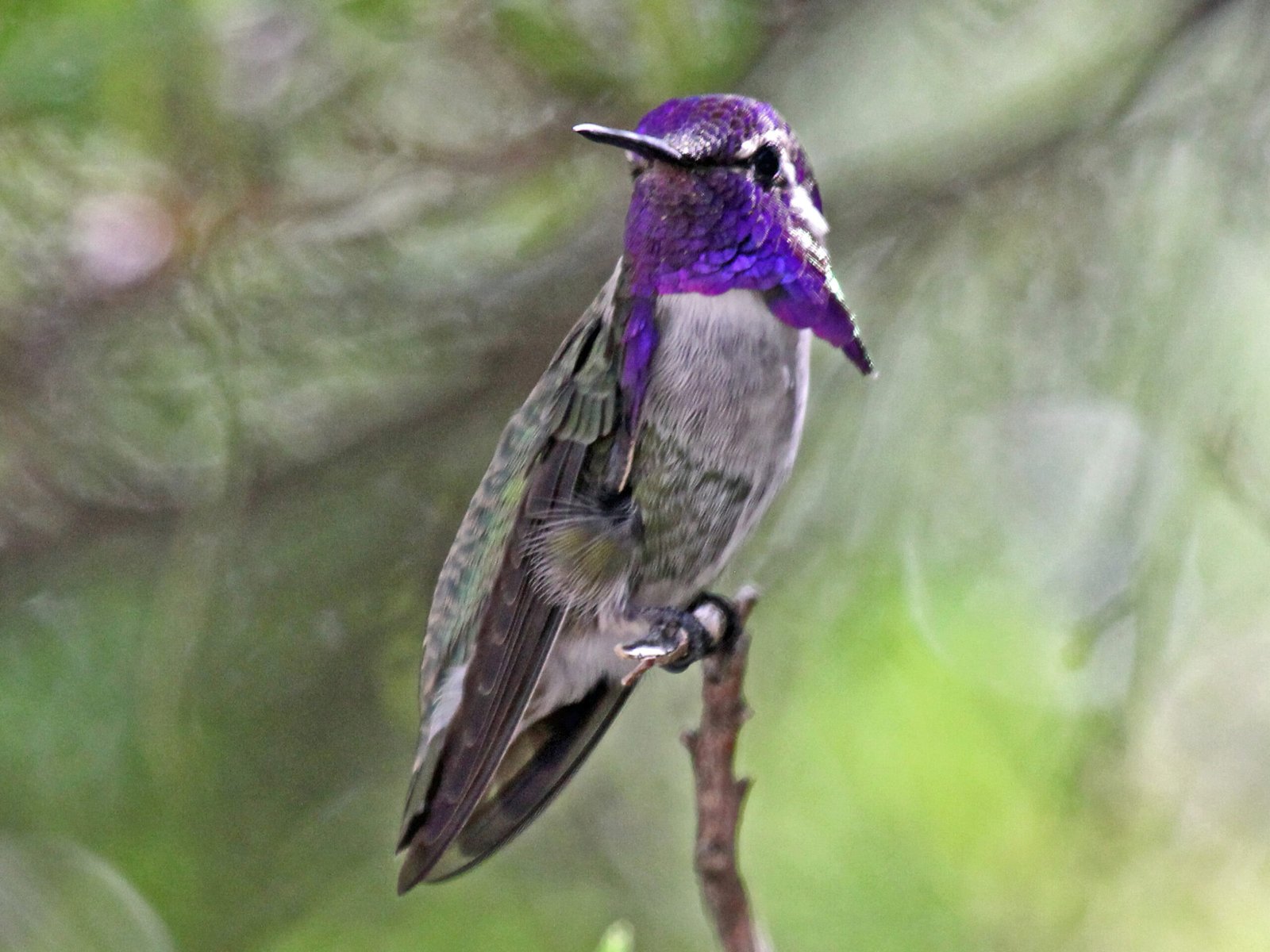
Among all Arizona’s hummingbirds, Costa’s Hummingbird stands out as the ultimate desert specialist. This hummingbird inhabits desertscrub communities dominated by cactus, ocotillo, chuparosa, and wolfberry. It is probably our most arid-adapted hummingbird. These birds have essentially become ‘s version of arctic specialists, but instead of surviving extreme cold, they’ve mastered extreme heat. Tiny Costa’s Hummingbird – named for French nobleman Louis Marie Pantaleon Costa – reaches its maximum size at 3.5 inches, making it one of the smallest U.S. breeding birds. Found in hot, dry habitats like the Sonoran and Mojave deserts, the species is an important pollinator of desert plants and cacti, particularly red penstemon. Their diminutive size, rather than being a disadvantage, becomes a crucial survival advantage in ‘s thermal battlefield. Arizona’s hummingbirds represent one of nature’s most remarkable success stories, proving that with the right adaptations, even the most seemingly impossible environments can be conquered. These tiny champions have rewritten the rules of desert survival, combining physiological marvels with behavioral brilliance to thrive where others merely survive. Their story reminds us that nature’s ingenuity knows no bounds, and sometimes the smallest creatures achieve the most extraordinary feats. What do you think about these incredible adaptations? Tell us in the comments.

Jan loves Wildlife and Animals and is one of the founders of Animals Around The Globe. He holds an MSc in Finance & Economics and is a passionate PADI Open Water Diver. His favorite animals are Mountain Gorillas, Tigers, and Great White Sharks. He lived in South Africa, Germany, the USA, Ireland, Italy, China, and Australia. Before AATG, Jan worked for Google, Axel Springer, BMW and others.




